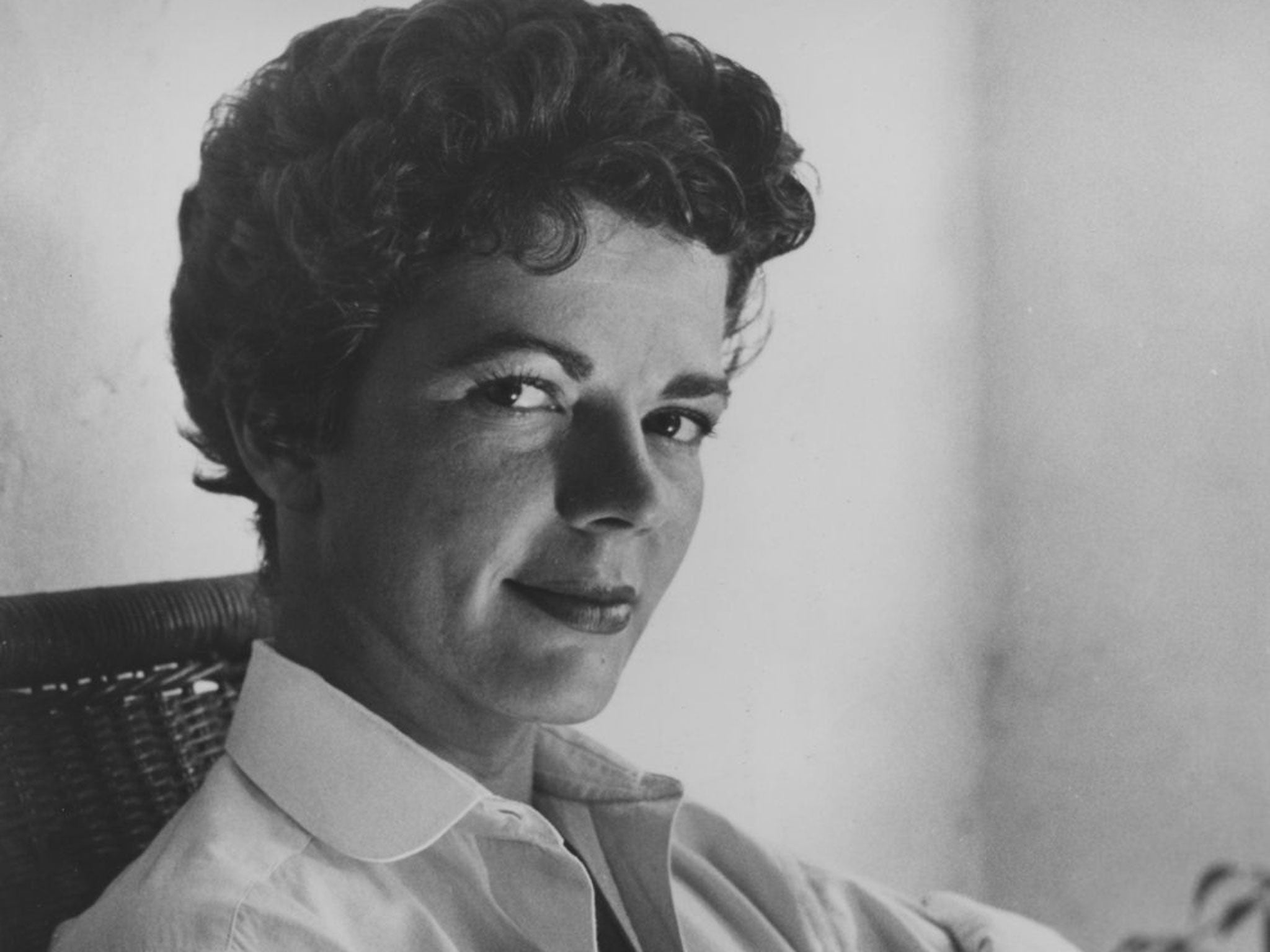Matadora of Missouri leaves the bullring for the last time

Your support helps us to tell the story
From reproductive rights to climate change to Big Tech, The Independent is on the ground when the story is developing. Whether it's investigating the financials of Elon Musk's pro-Trump PAC or producing our latest documentary, 'The A Word', which shines a light on the American women fighting for reproductive rights, we know how important it is to parse out the facts from the messaging.
At such a critical moment in US history, we need reporters on the ground. Your donation allows us to keep sending journalists to speak to both sides of the story.
The Independent is trusted by Americans across the entire political spectrum. And unlike many other quality news outlets, we choose not to lock Americans out of our reporting and analysis with paywalls. We believe quality journalism should be available to everyone, paid for by those who can afford it.
Your support makes all the difference.If it can take the horn of a bull to break a glass ceiling then that was surely the singular achievement of Patricia McCormick, a Missouri-born American who in the early 1950s became the world’s first professional female bullfighter, drawing legions of fans and the attentions of Time, Sports Illustrated and Look magazines.
McCormick, who died in a nursing home in Texas late last month aged 83, first fell in love with the ring during a holiday to Mexico City when she was just seven. Years later, while studying in El Paso, Texas, she regularly crossed the border to Ciudad Juarez, where she trained and found a sponsor. It was an unlikely quest in a sport so laden with macho traditions – but, against her parents’ wishes, she persevered and made her debut in Juarez in 1951.
Thus was launched a career as a matadora that spanned 10 years and hundreds of bullfights, most of them in Mexico and some in Venezuela. The response from the male fighters, who never allowed her to take the initiation ceremony that would have made her into a fully fledged matadora on equal terms, veered from admiration to condescension.
“She fights larger bulls than does any other woman… and she kills well,” Carlos Arruza, the Mexican torero, once said of her. “Her only defect is that she is a woman.” Rafael Solana, a bullfighting critic, once said she was the “most courageous woman I have ever seen”.
The first woman to be given equal billing as the men in Mexican fights and to be allowed to fight, like them, on her feet and not on a horse, McCormick was not ungrazed when she retired and moved to California in the early Sixties. By then, she had been gored six times, most seriously in 1954 in Ciudad Acuña when she turned her back on a bull which then charged and skewered her. A priest gave her the last rites. “The horn went right up my stomach,” she told the Los Angeles Times years later. “The bull carried me around the ring for a minute, impaled on his horns.”
Two years after her retirement, Sports Illustrated argued that McCormick “may well be the greatest woman bullfighter who ever lived”. But her celebrity faded quickly and she stayed in California for decades, painting watercolours and working as a secretary. In the early 2000s, she moved back to Texas, where some flickers of her old life were rekindled, thanks in part to a 2007 documentary film about her, The Texas Torera.
That she was never fully welcomed into the male ranks of the sport, or allowed to join them in wearing a sparkling suit in the ring, did little to spoil her memories of her years of stardom. “It would have become a vicious circle in the end,” she once said. “For once I became a full-fledged matadora de toros, the recognised matadores would have refused to appear with me. I couldn’t win for losing!”
She had, of course, also opened a door for other women to compete. “She was of an era that was very, very difficult for women,” Honey Anne Haskin, a retired bullfighter herself also known as Ana de Los Angeles, told the Los Angeles Times for its obituary published yesterday. “There were other women who were very, very good, but the one everyone talked about with respect and admiration was Patricia McCormick.”
Join our commenting forum
Join thought-provoking conversations, follow other Independent readers and see their replies
Comments